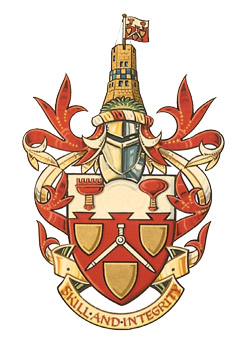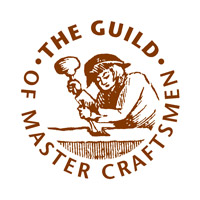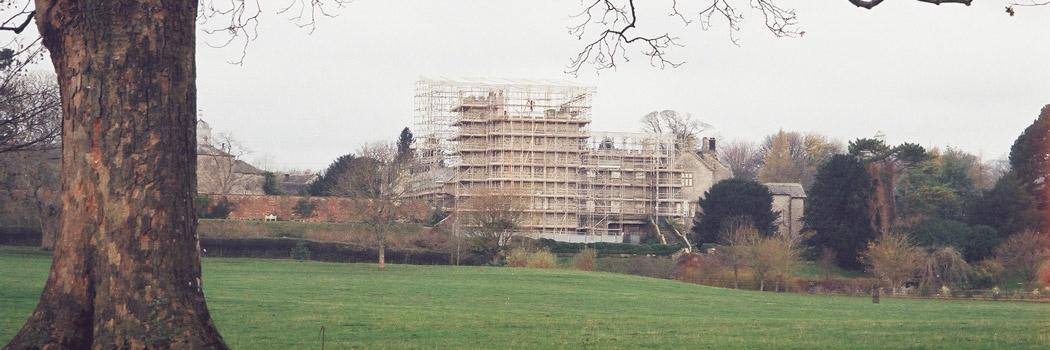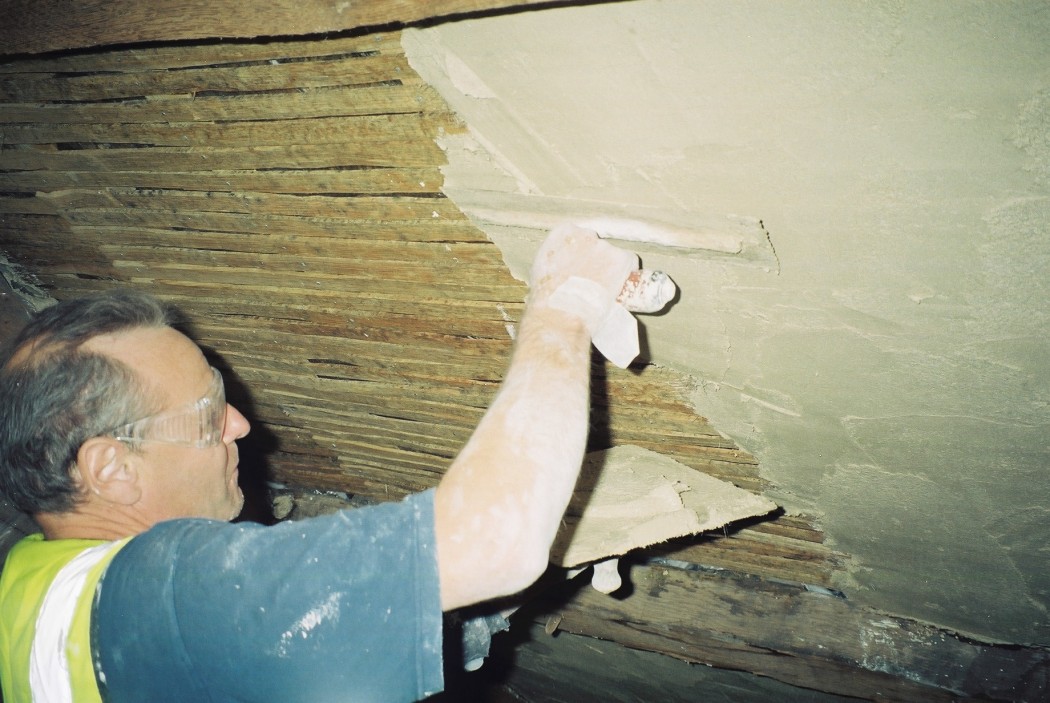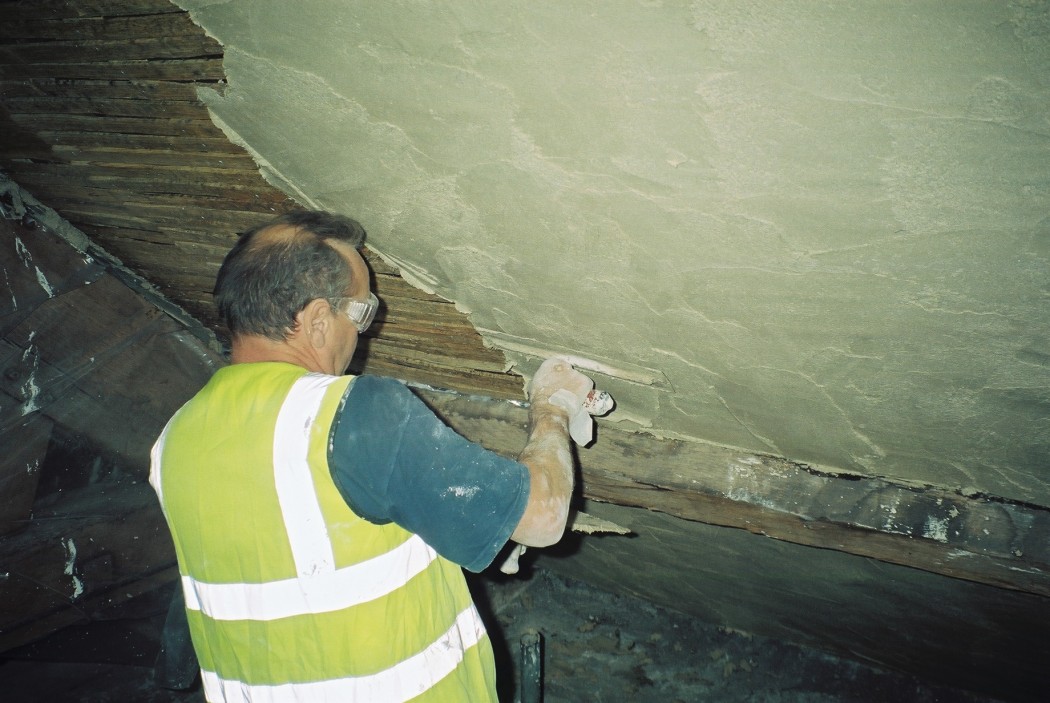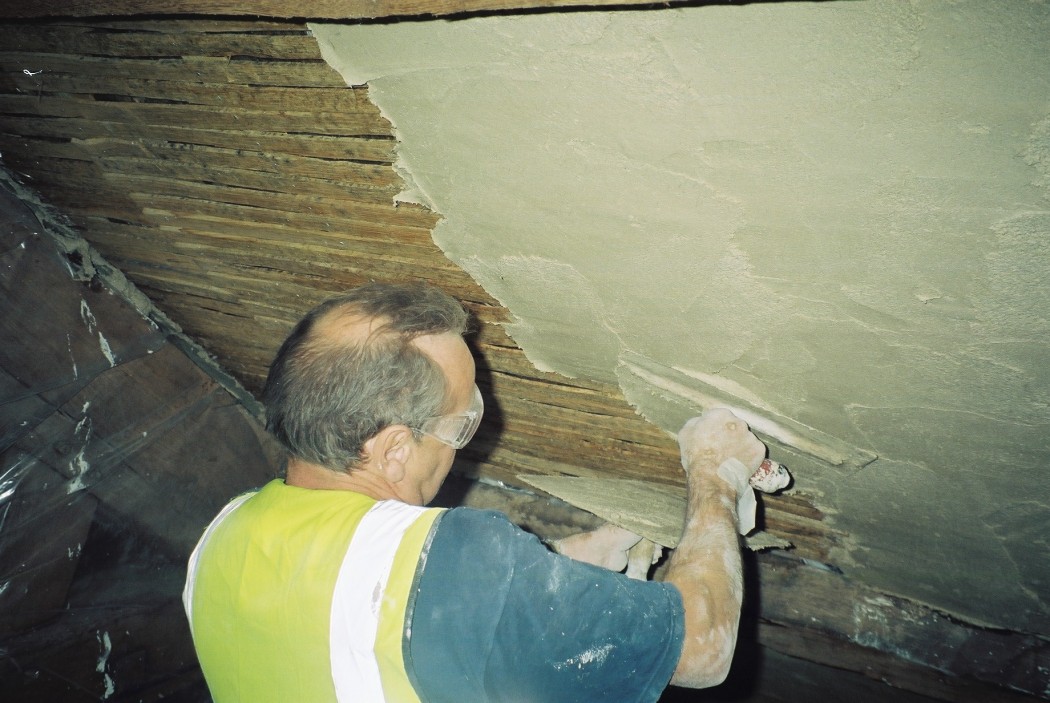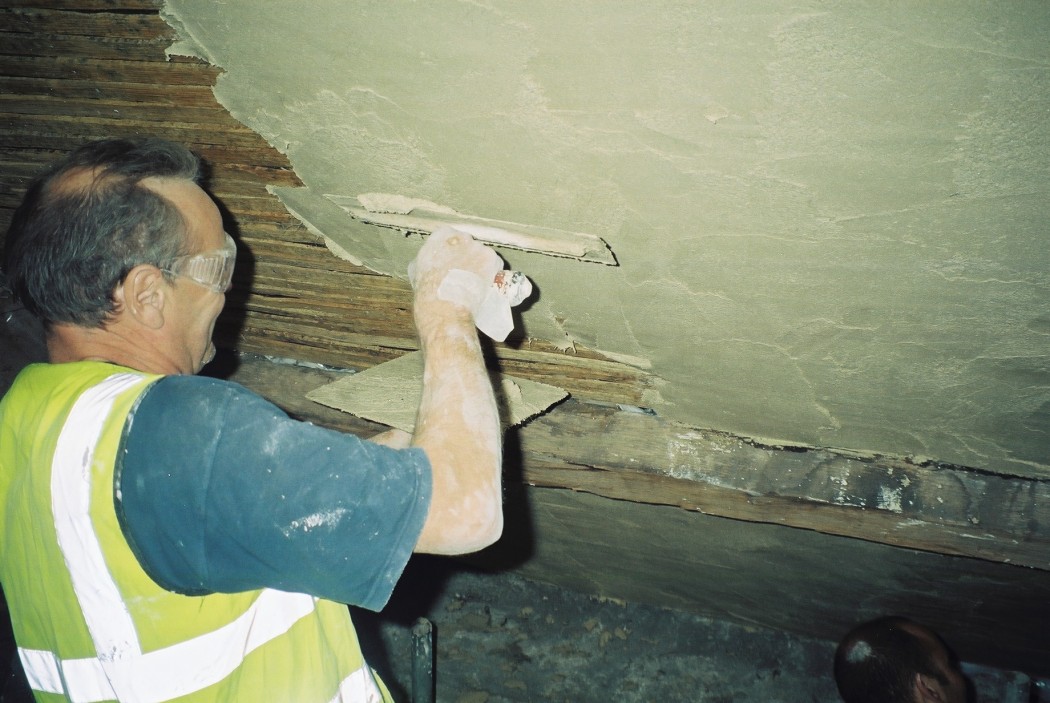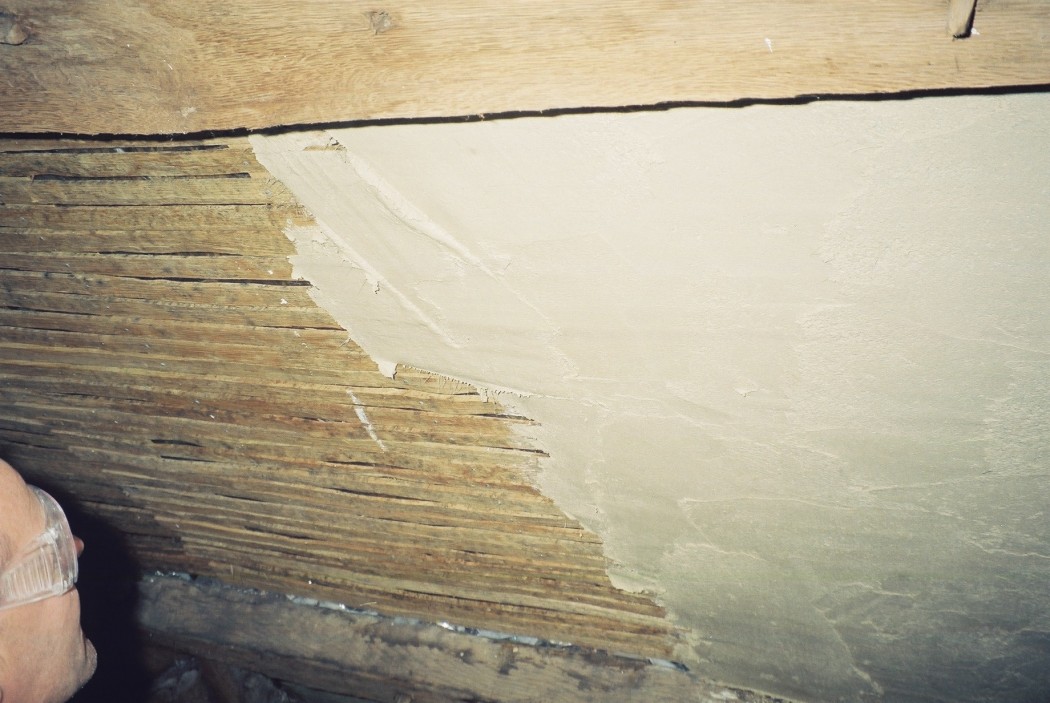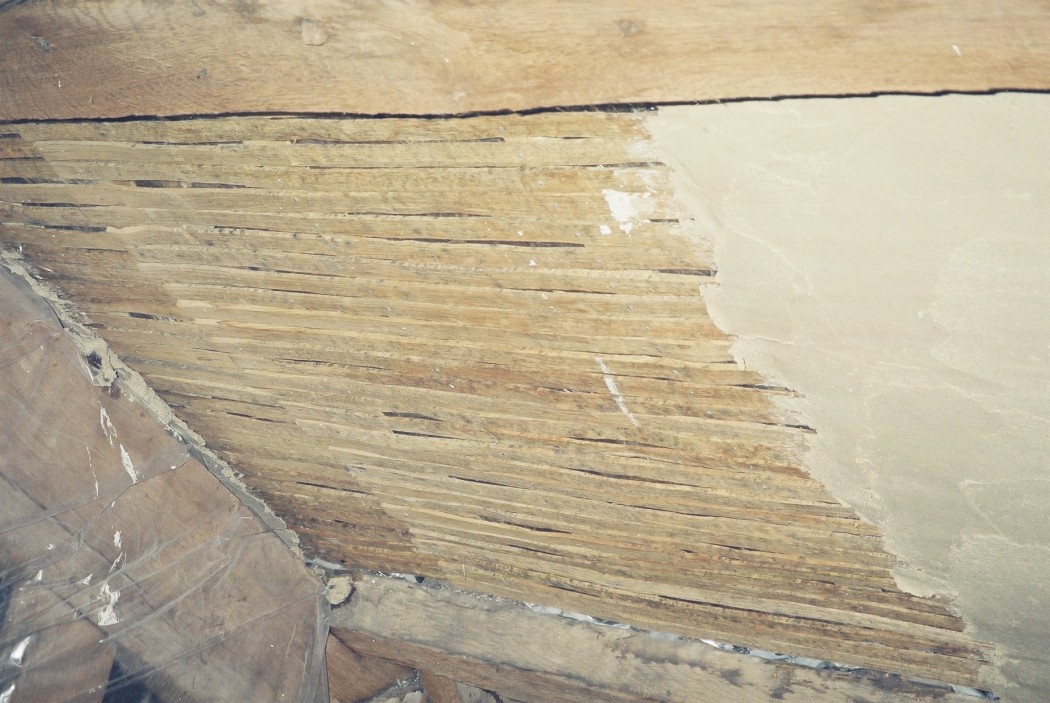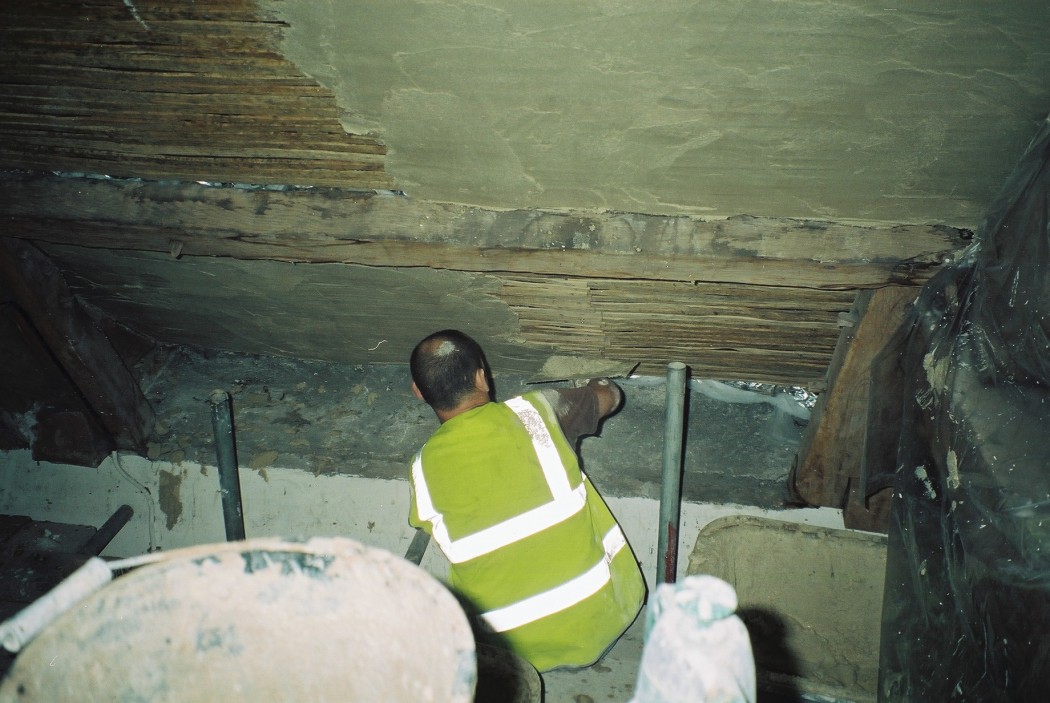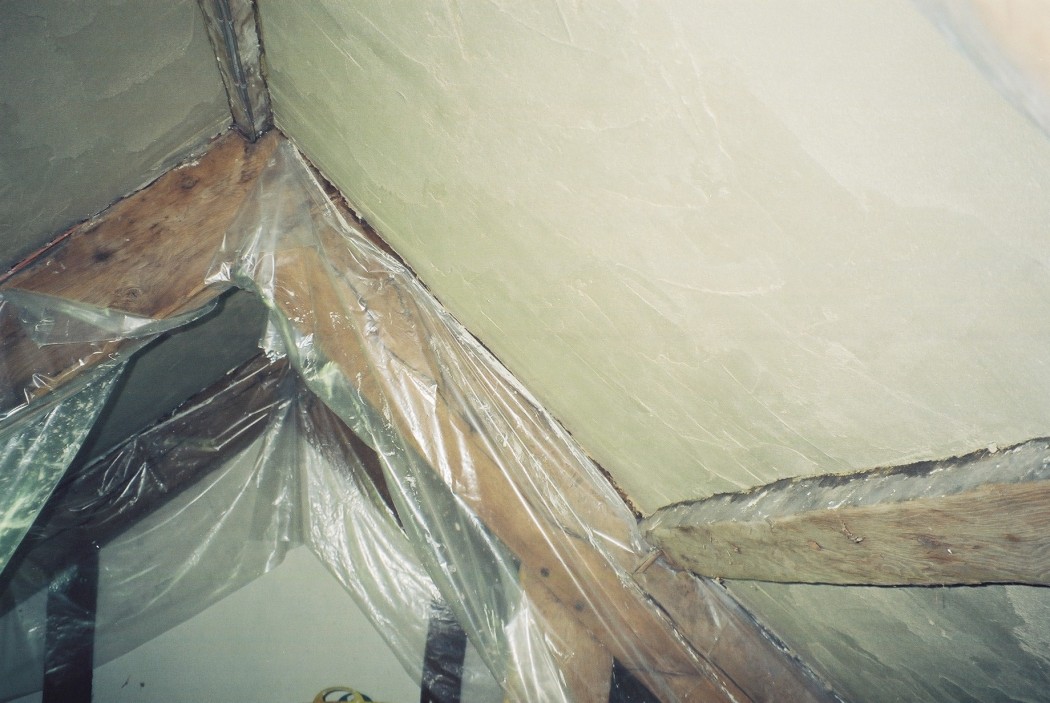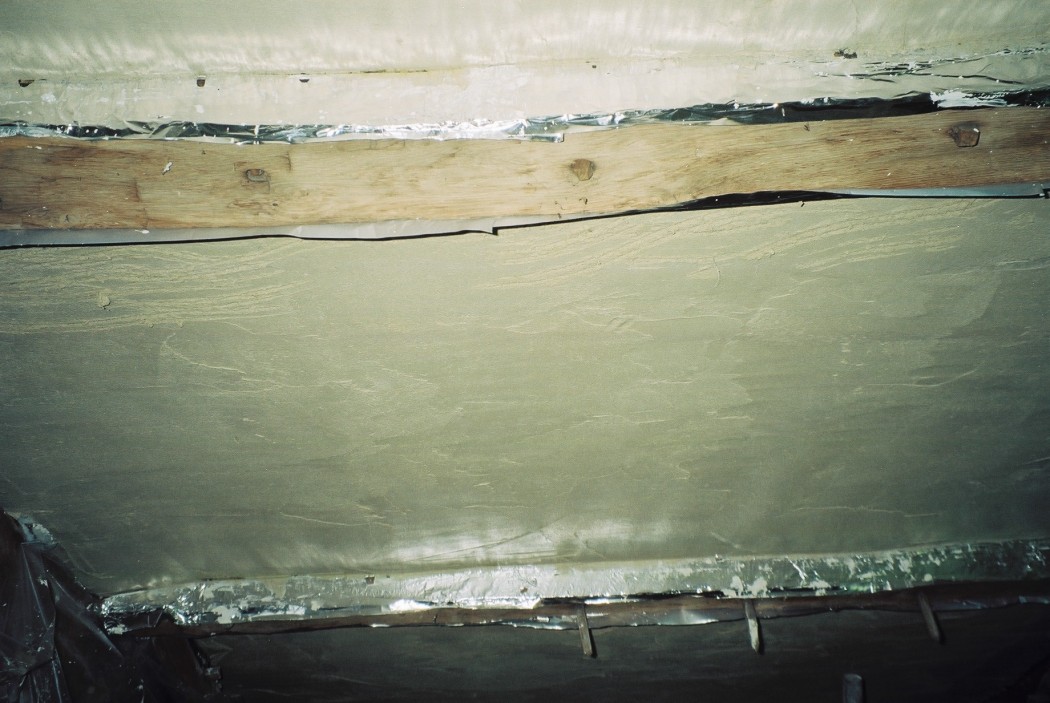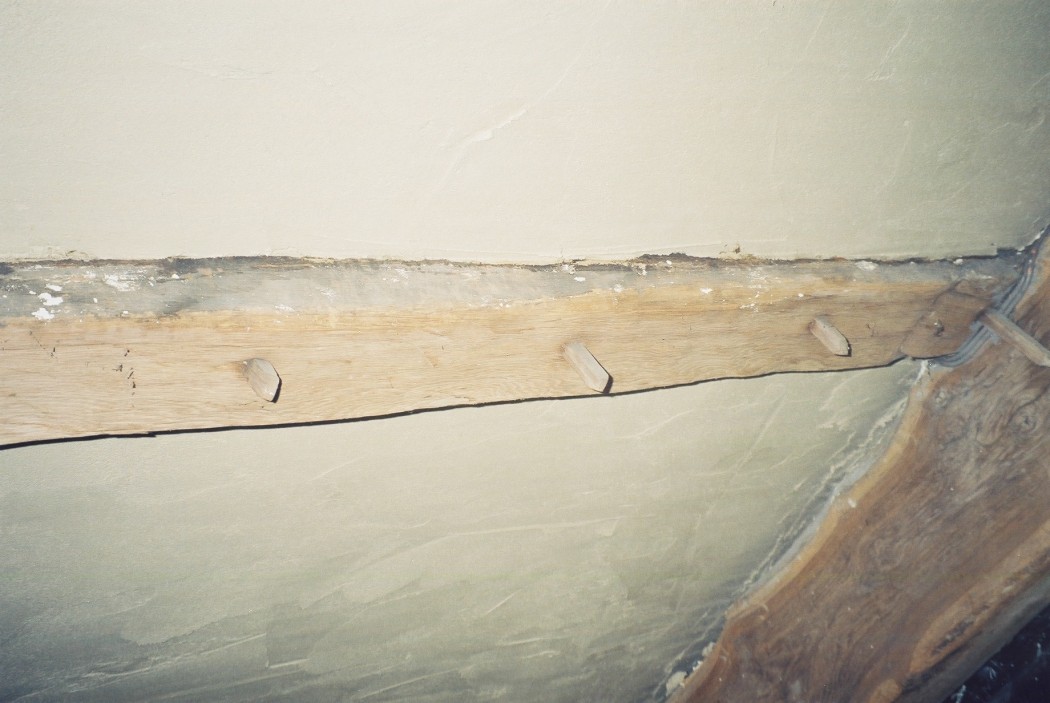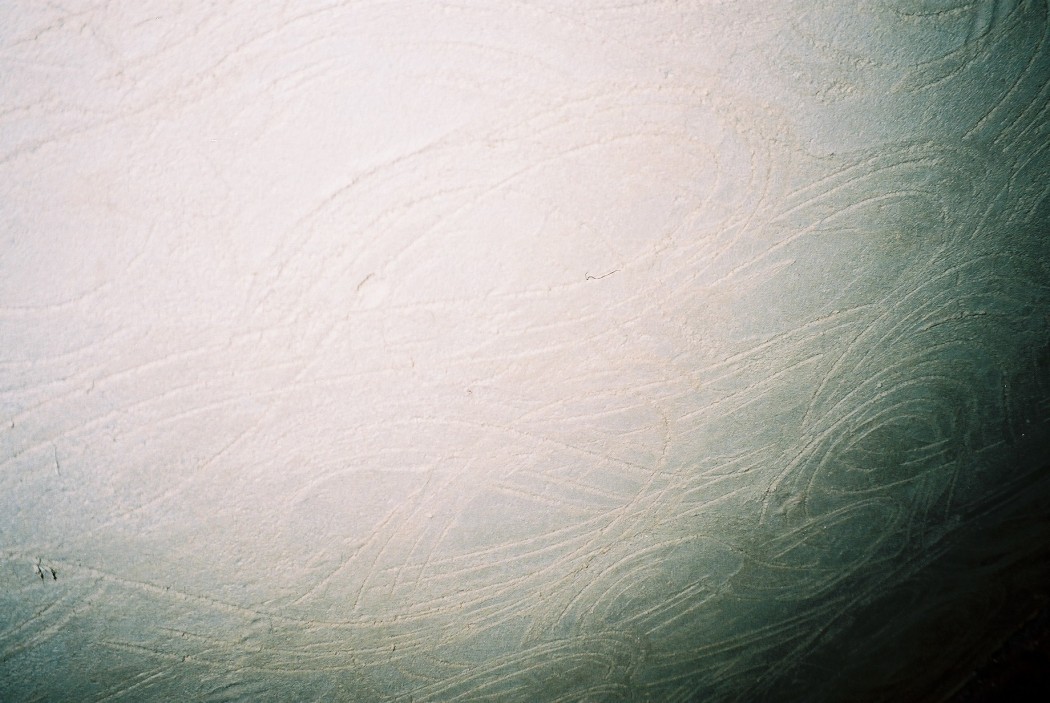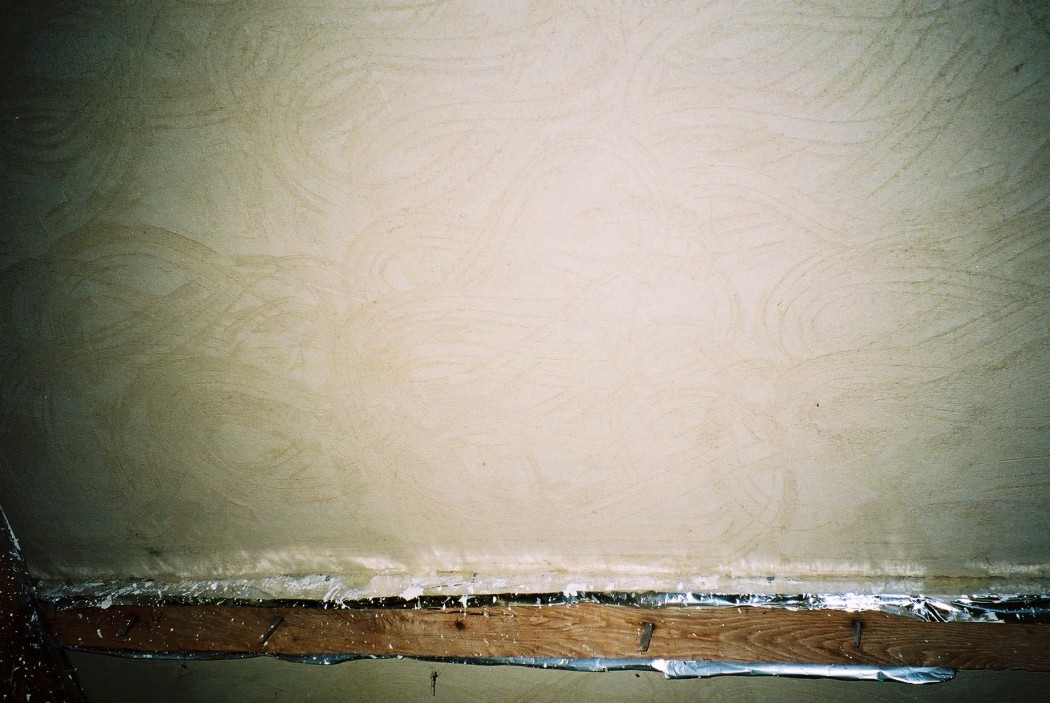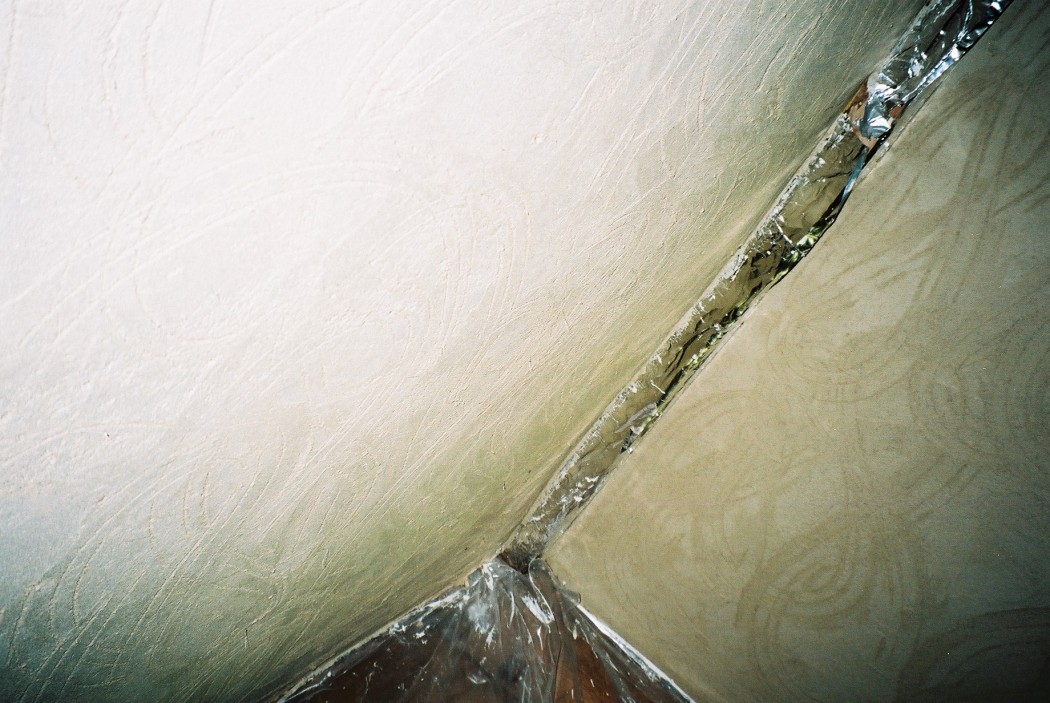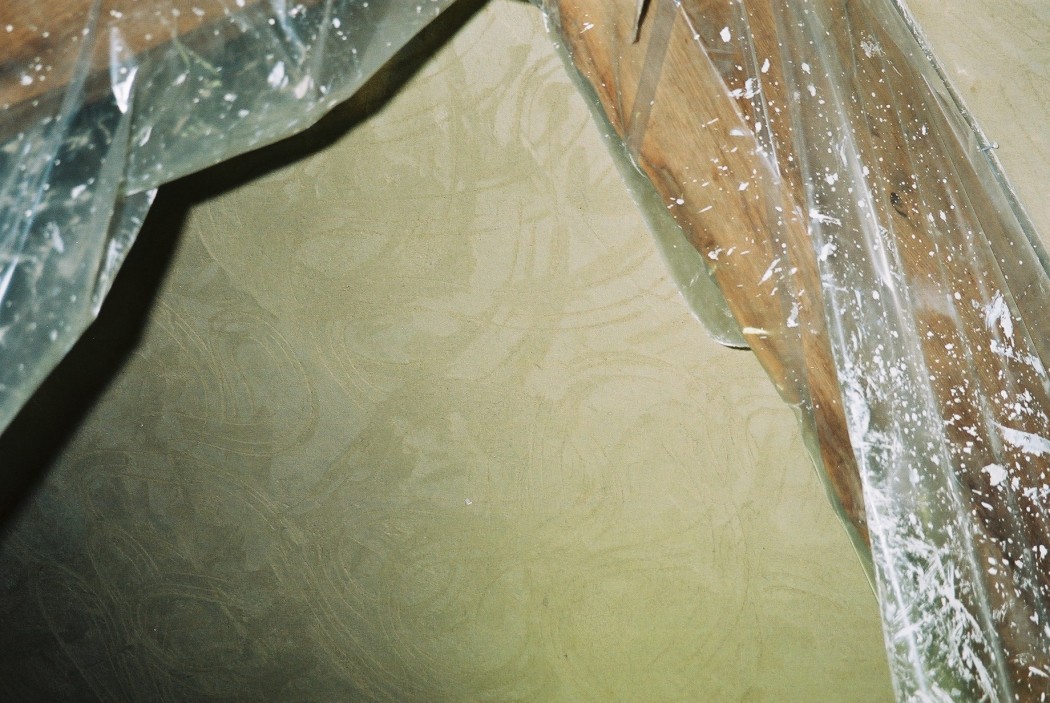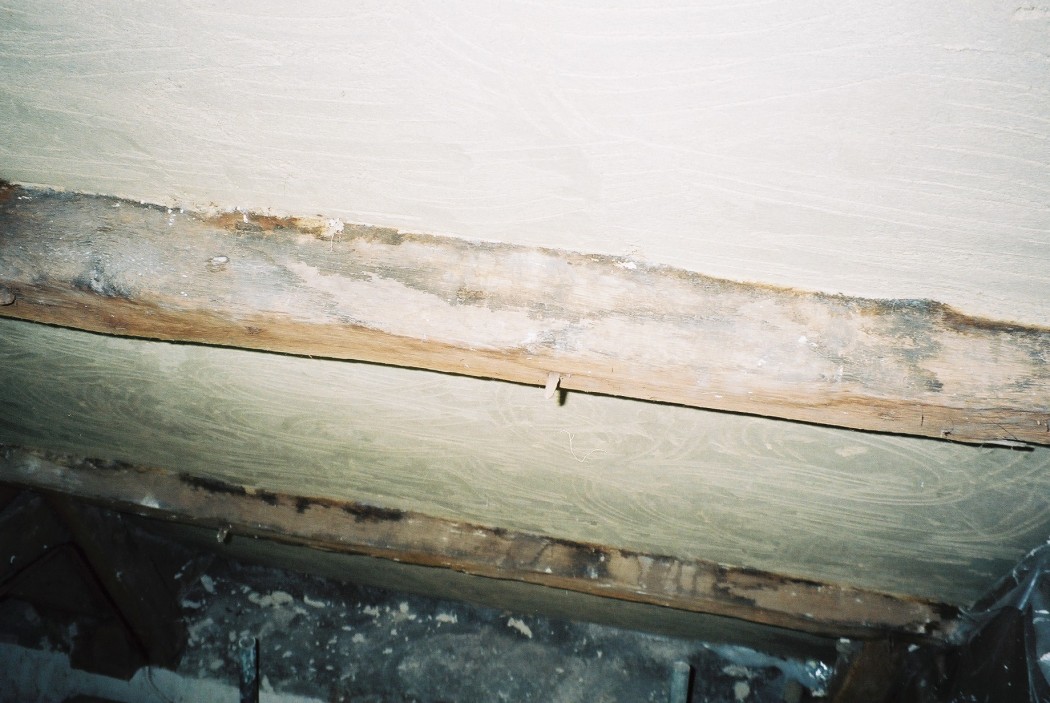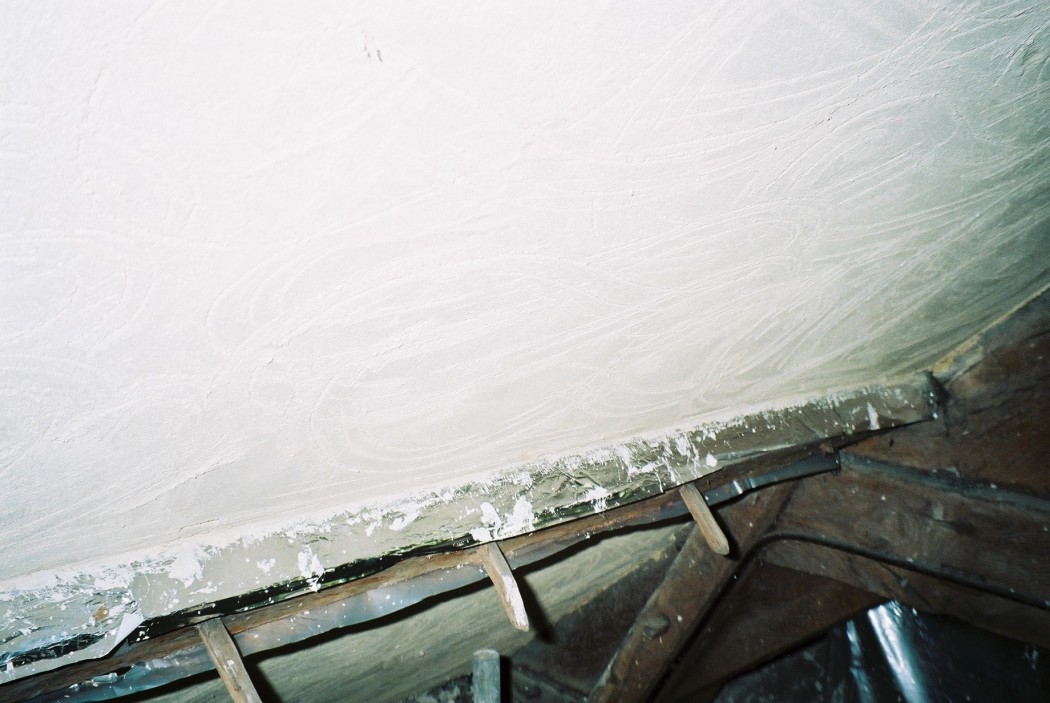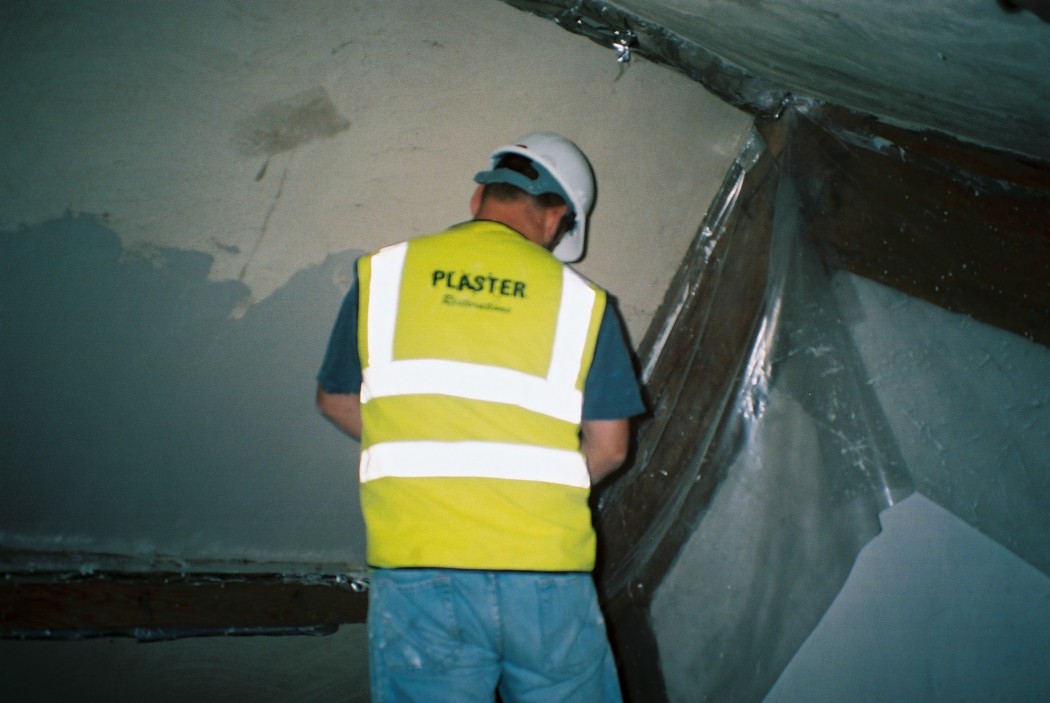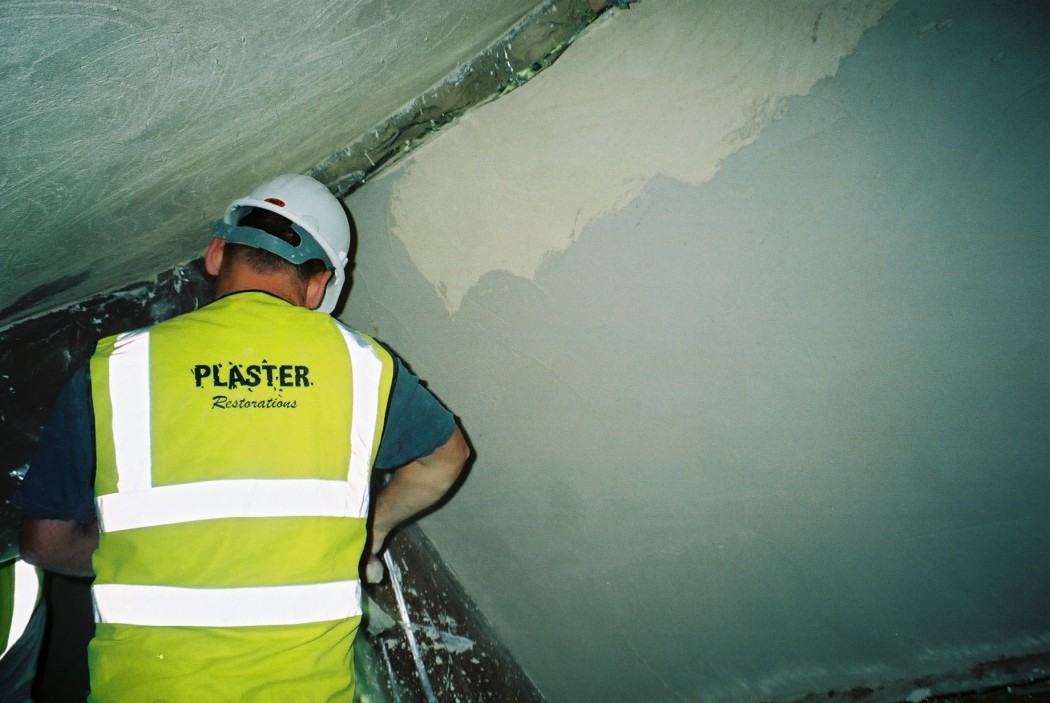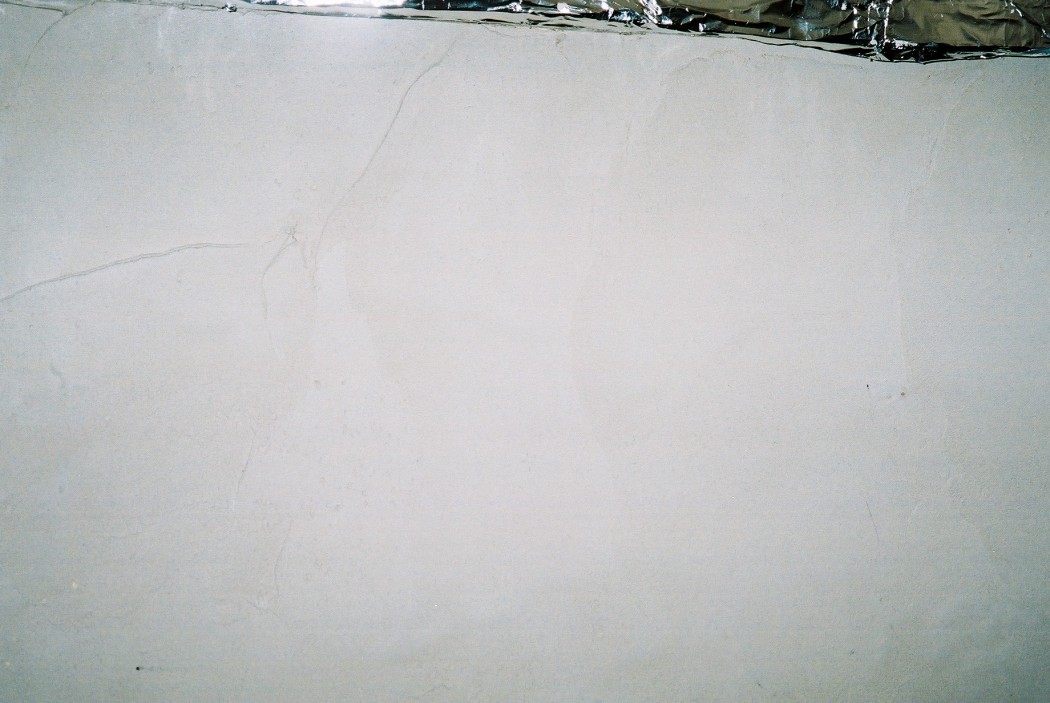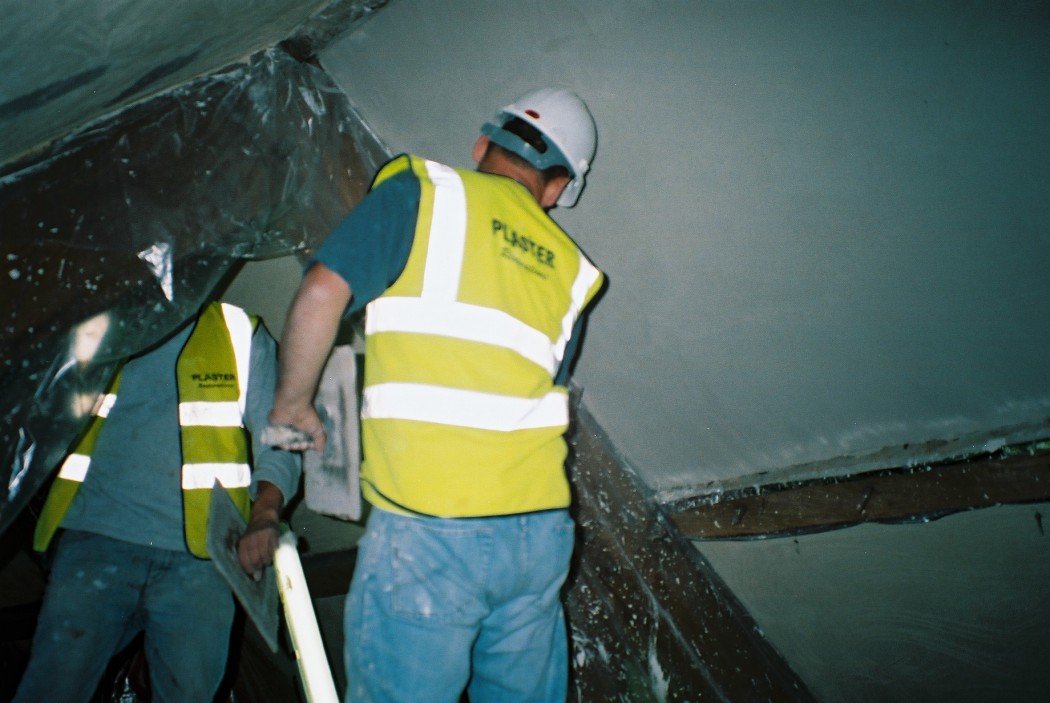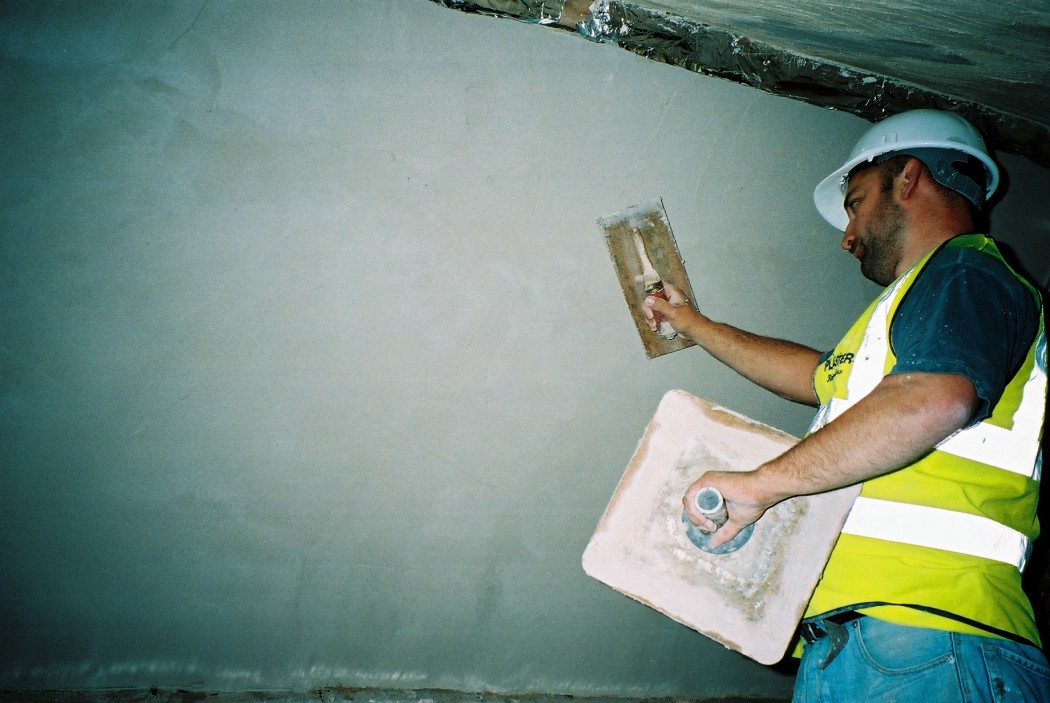HISTORIC PLASTERING USING TRADITIONAL SAND / LIME / HORSEHAIR & WOODEN LATH MATERIALS
SIZERGH CASTLE – CUMBRIA – FOR THE NATIONAL TRUST (CASE STUDY)
The project consisted of the renewal of the historic chapel ceiling for The National Trust, using traditional materials and working methods.
Materials used
- Oak Riven (split) Laths
- Sharp clean well graded Sand to BS.1199
- Lime Putty of high quality non-hydraulic, pure putty lime, matured over 28 days
- Horsehair being clean, dry and well carded
Application
Oak riven laths were first mechanically fixed across the roof spars, allowing an 8mm gap between each lath. These were then well wetted down, just prior to the application of the pricking-out or scratch coat, in sequence as work progressed. This coat was applied to a thickness of 9mm and mixed in the proportions of 1:3 lime putty / sand. The coarse stuff was reinforced with horsehair well beaten in at the proportions of 15kg of horsehair per cubic metre of coarse stuff. After allowing the scratch coat to dry-out and begin to harden over a few days, it was then cross keyed with a lath scratcher, to provide key for the next coat. This was then left to dry-out and harden for a further two weeks.
Application of Scratch Coat onto Oak Riven Laths
After two weeks a fine mist of water was sprayed over the scratch coat just prior to the application of the floating coat. This floating coat was applied to a thickness of 6mm and mixed in proportions of 1:3 lime putty / sand with horsehair as the scratch coat. As the scratch coat began to dry it was rubbed-up and keyed with a wooden devil float. This was then left to dry-out and harden for a further two weeks.
Application of Floating Coat
After a further two weeks a fine mist of water was sprayed again, this time over the floating coat, just prior to the application of the setting coat. This was applied to a thickness of 3mm and mixed in proportions of 3:2 lime putty / sand. The setting coat was applied in three stages of operation. Firstly by steel laying trowel, then by wooden skimming float and finally compacted by scouring with a wooden cross grain float, lubricated with water to avoid shrinkage crazing.
Application of Setting Coat
Plaster Restorations are committed to the preservation of historic landmarks. We view each building and conservation task as a unique milestone achieved, for our company and for our commitment to the preservation of landmarks worldwide.
Other recent projects completed using riven oak laths with sand / putty lime & horsehair include:
- A Mansion House – West Yorkshire – Link to Insurance Work Fire Damage
- Hodroyd Hall – South Hiendley
- Manor Farm – Chipping Norton
Plaster Restorations can work closely with:
- Preservation societies
- Local authorities
- Property holding companies
- Businesses & organizations
- Developers
- Project Managers
- Architects
- Building inspectors
- Quantity surveyors
- Contractors
- Insurance companies & loss adjusters
- Home owners
We can provide surveys and budgets upon forthcoming or existing restoration projects to your properties. Plaster Restorations believe that through our skill and expertise, we can offer a great many benefits to our clients to enhance a future working relationship. We would welcome the opportunity of visiting your offices, projects or homes with a view of discussing our systems in more detail.
